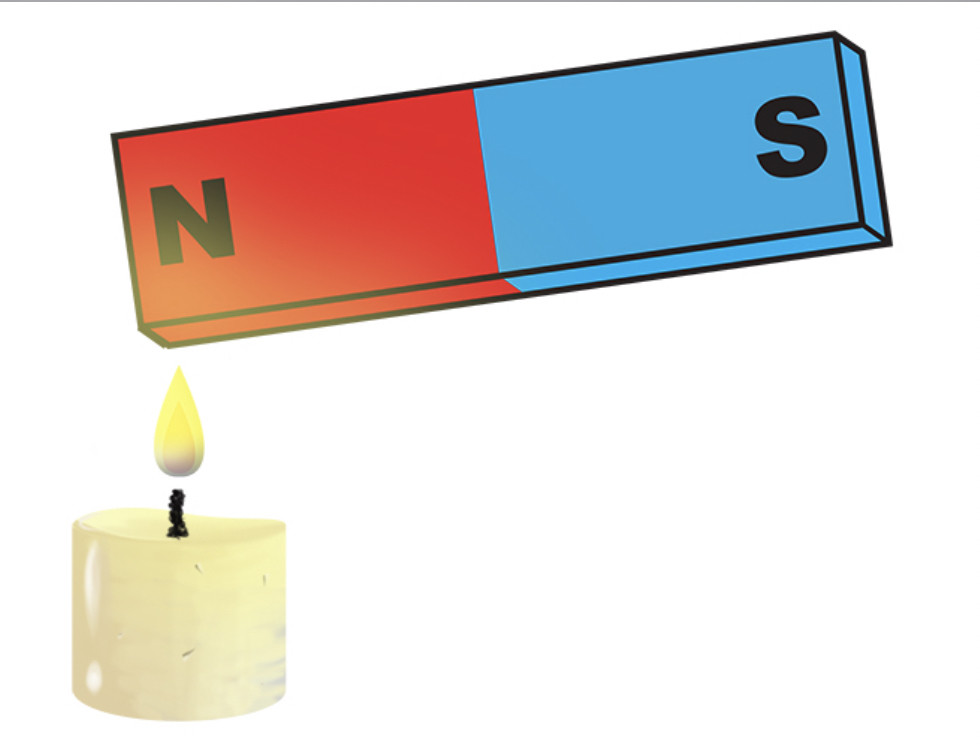An ideal Fermi gas is a state of matter which is an ensemble of many non-interacting fermions. Fermions are particles that obey Fermi–Dirac statistics, like electrons, protons, and neutrons, and, in general, particles with half-integer spin. These statistics determine the energy distribution of fermions in a Fermi gas in thermal equilibrium, and is characterized by their number density, temperature, and the set of available energy states. The model is named after the Italian physicist Enrico Fermi.
This physical model can be accurately applied to many systems with many fermions. Some key examples are the behaviour of charge carriers in a metal, nucleons in an atomic nucleus, neutrons in a neutron star, and electrons in a white dwarf.
🙏The GOD,The LOVE💖And The FREEDOM is my prayer!! ⭐ ЭQЄ Z❤️LOVEVII 💓 Κ:Κ=11:11=kinetic nuclear 🔥 Gold energy soul kicletic
I would like to ask you, if you want to tell me? in the corona of the sun eclipses are created by the hydrogen of the sun which is approved by the high temperature and they become plasma?
NASA: Physically, the chromosphere begins near the surface of the photosphere with a temperature near 4700 Celsius and a density of 1017 particles/cm3 (2x10-4 kg/m3), and at its highest level reaches a temperature near 25,000 Celsius and a lower density of 1010 particles/cm3 (2x10-11 kg/m3). But rather than being just a homogenous shell of plasma, it resembles the troposphere of our own planet Earth with complex storms and other phenomena roiling its volume from minute to minute.
The reason for this is that the magnetic fields formed at or below the surface of the photosphere are not confined to the solar surface, but extend through-out the chromosphere. Magnetic arcs, prominences and other carpets of magnetic activity repeatedly form and dissolve, releasing energy and stirring up the chromospheric plasma. Solar physicists call the chromosphere and the narrow region above it the solar ‘interface region’. It is a complex zone of plasma and magnetic field, which transmits matter and energy between the photosphere and the corona.
"magnetic activity repeatedly form and dissolve, releasing energy and stirring up the chromospheric plasma."
"with a temperature near 4700 Celsius"
Now apply this to our energetic magnetic bodies 😳
Note: A dipole is a separation of opposite electrical charges. A dipole is quantified by its dipole moment (μ). A dipole moment is the distance between charges multiplied by the charge. ... The distance separating opposite electrical charges also affects the magnitude of the dipole moment.
In classical physics, the magnetic field of a dipole is calculated as the limit of either a current loop or a pair of charges as the source shrinks to a point while keeping the magnetic moment m constant. For the current loop, this limit is most easily derived from the vector potential.

